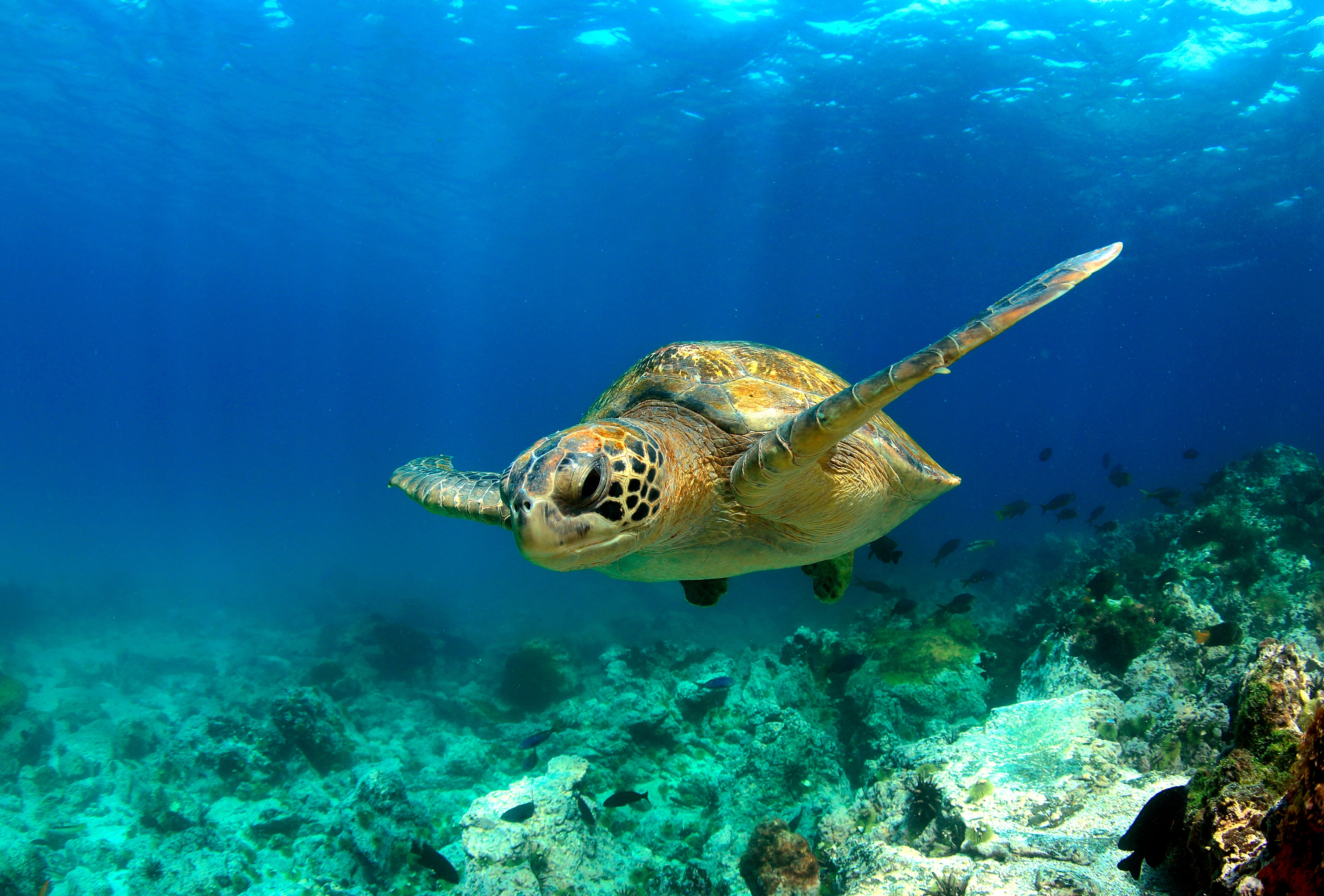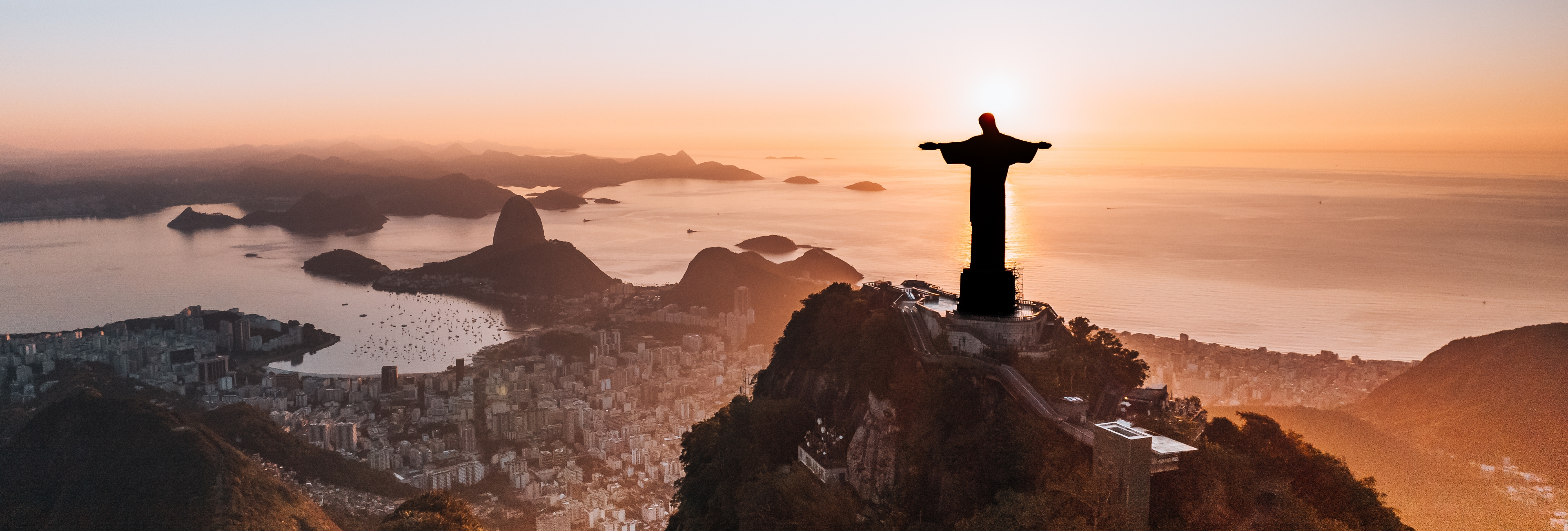Your Galápagos Guide
The Galápagos Islands are one of the most loved destinations in South America and for good reason. This isolated group of volcanic islands is not only famous for its outstanding beauty but also for its incredible, but fragile ecosystem. Whilst the draws of a Galápagos cruise are clear, there are many things to consider when planning your trip. Which islands should I prioritise? What cruise should I choose? When should I go? How long should I go for? What wildlife am I likely to see?
There are 13 different islands in the Galápagos archipelago. Visiting them all at once would be ideal but unfortunately this can be quite difficult to accomplish. When travelling to the Galápagos, it is essential to make sure that you choose an itinerary that includes the highlights that you most want to see.
Whether you are looking to get a flavour of this fantastic ecosystem or want to explore each of the islands' amazing sights in-depth – our Travel Specialists will find a Galápagos cruise that fits your needs.
When To Go?
Whilst operators run cruises to the Galápagos year-round, the best time for you to go depends on your own personal taste, and on what you would like to see, some months are sure to suit you better than others.
There are two distinct seasons in the Galápagos - one is cool and dry, going from June all the way to November; the other, from December to June, is a warmer season with periodic rains. In the dry season, the Humboldt Current travels north and brings cooler waters as well as a myriad of marine life with it (making it the perfect time for divers); the warmer season is great as well as it brings warmer waters making the perfect time to indulge in long swims in the sunshine.
You may want to make your decision based on the breeding timelines of the various species. For example, whilst sea lion pupping season and penguin nesting peaks from August – November, giant tortoises, iguanas and masked boobies flourish from February to May.
What Wildlife Will I See?
The remarkable wildlife of the Galápagos is undoubtedly the primary reason that people visit the archipelago. There are not many places on earth where you can see such a spectacular array of birds, reptiles and sea critters with such close proximity and without fear of humans. Whilst not every animal can be found on every island and not always year-round at that, below are just some of the wildlife that you may be able to spot on a Galápagos cruise.
December – February
The Galápagos Islands become warmer and greener. Land birds begin courtships rituals and sea turtles begin to nest on the beaches. Rising ocean temperatures mean that there is a flurry of underwater activity and snorkelling and diving opportunities are at their very best. This is also the time that marine iguanas are at their most colourful and flamingos become far less elusive.
March – May
Temperatures continue to rise and clear sunny days can almost be guaranteed. Many land species continue to mate during this time, including blue footed boobies, and there is no better time to see the hatchings of sea turtles and land iguanas. Sea lion pups can be spotted basking and playing on the beaches and the sea continues to offer fantastic visibility for snorkellers.
June – August
With the dry season approaching, bringing cooler temperatures and choppier waters, many species are at their most active. Giant tortoises begin to nest, penguin numbers are abundant and flightless cormorants begin their beautiful courtship rituals. Marine life is also at its most prolific and large pods of dolphins and humpback whales can be frequently spotted from the shore, drawn to the large shoals of fish that can be found at this time of year.
September – November
Whilst September is a relatively quiet month for the Galápagos, coming into the months of October and November wildlife activity begins to flourish. This is when many marine bird species are nesting including flamingos, penguins and blue footed boobies and giant tortoises have not yet migrated to the highlands. Sea lions are also particularly active at this time of year, as are fur seals who begin their mating rituals.


